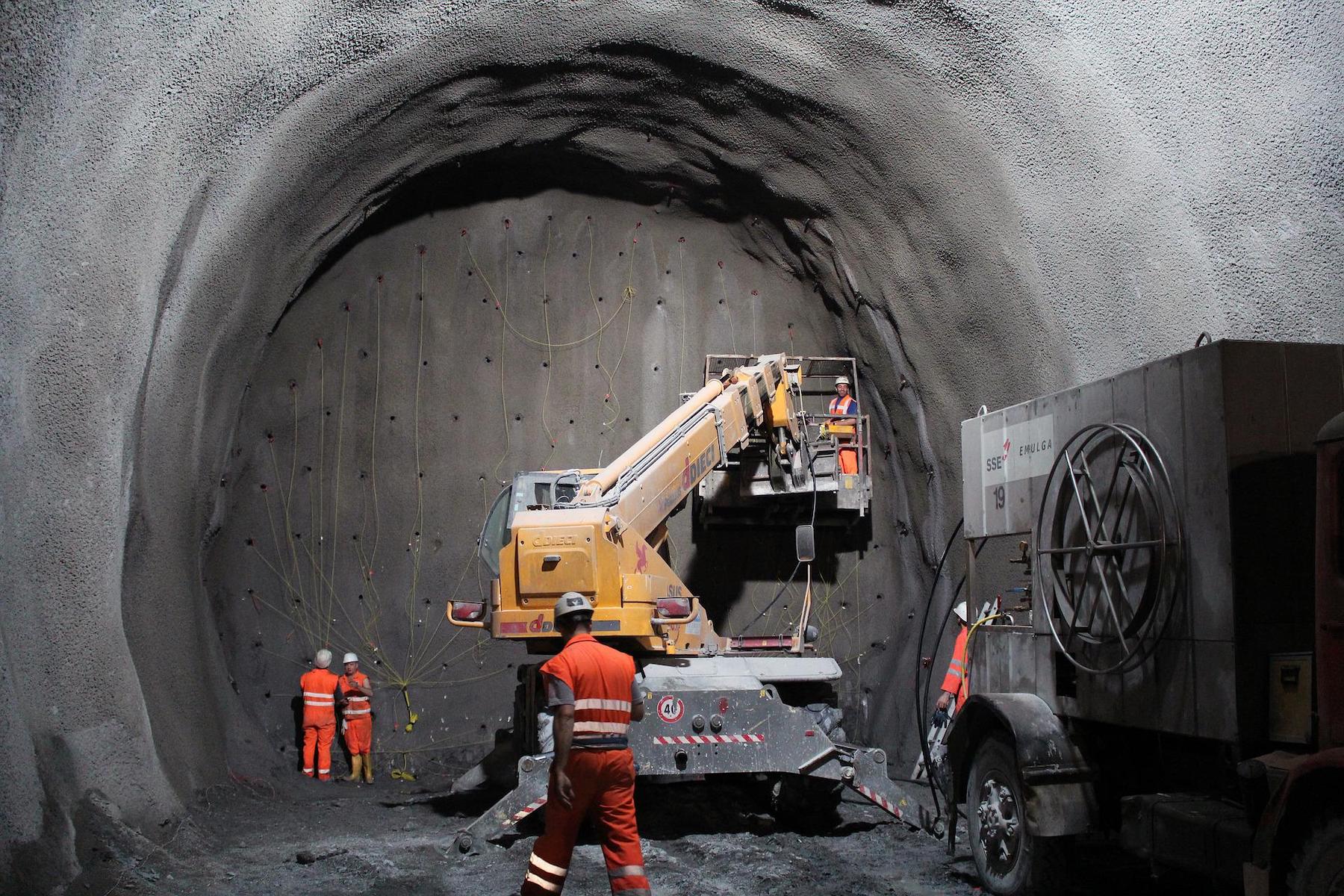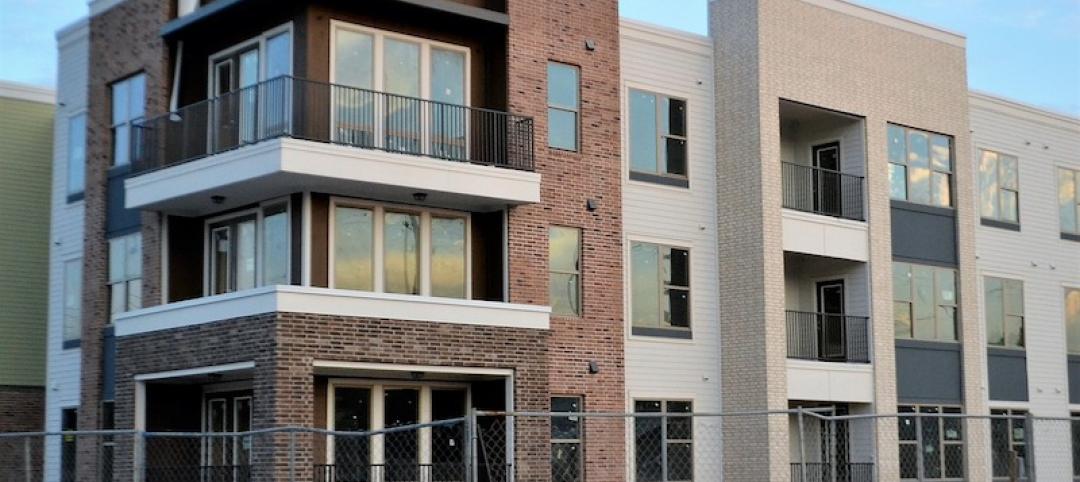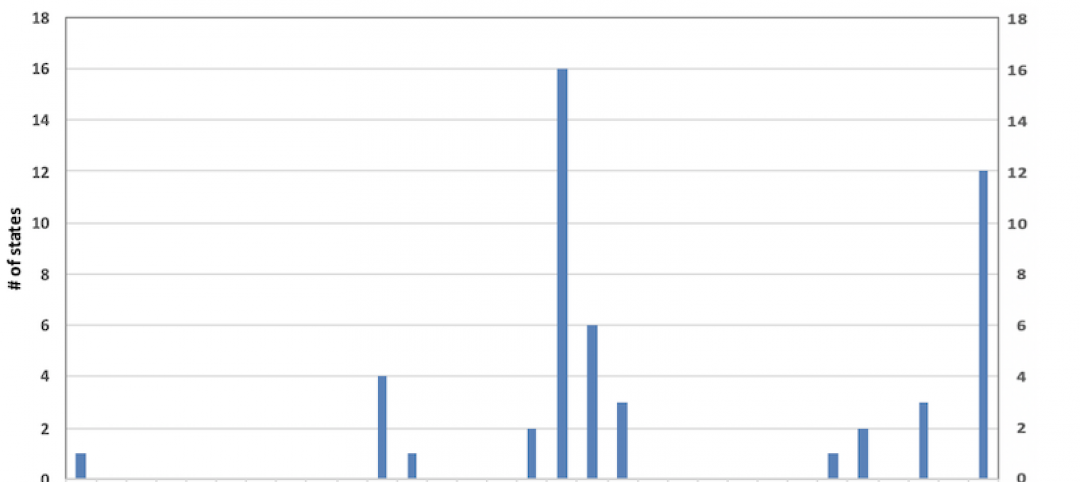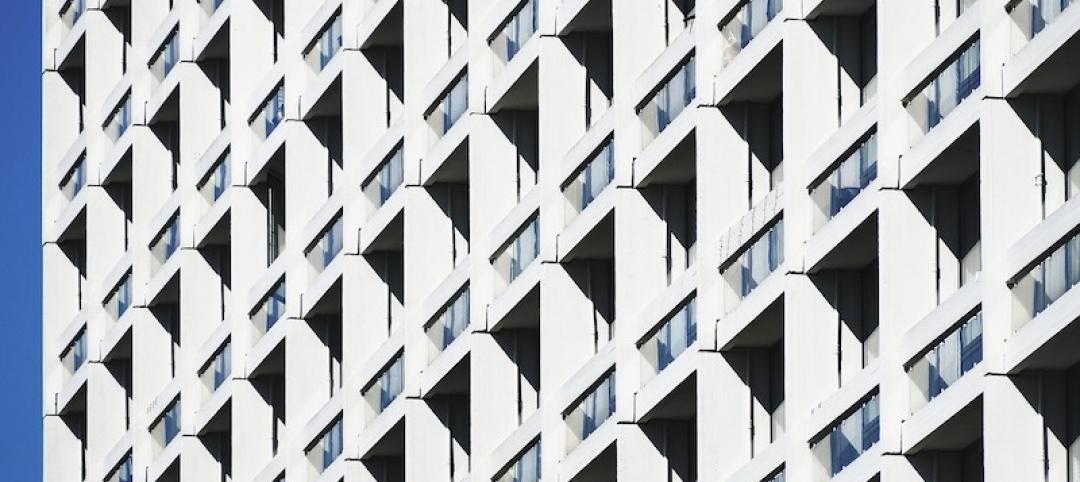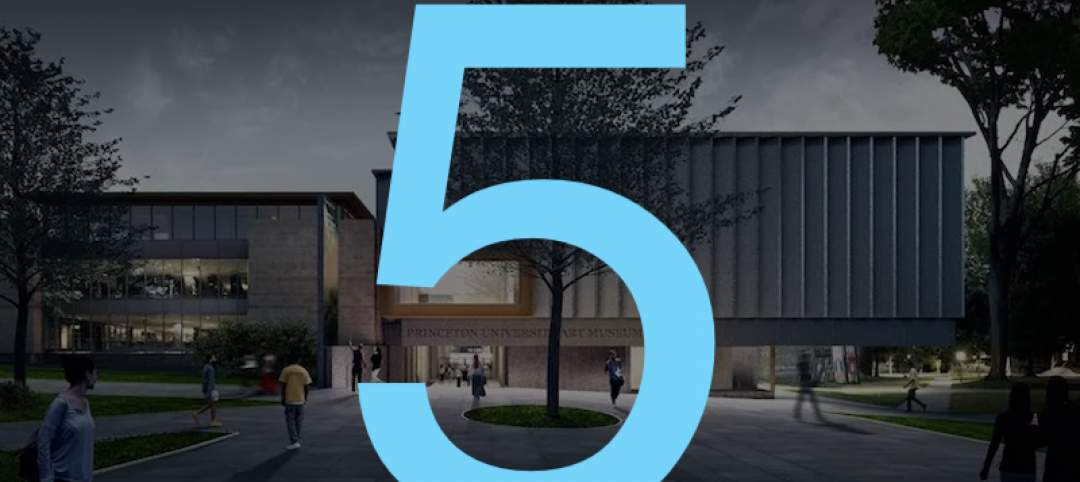Through the first half of 2022, nonresidential construction spending returned to “nomimal growth.” But JLL, in its Construction Outlook for the second half of the year, foresees nonresidential spending being flat, on an inflation-adjusted basis, and year-over-year growth returning to historical levels in 2024, “as disruptions are likely to persist into 2023.”
Those disruptions include supply-chain issues that contributed to construction materials costs increasing by 42.5 percent from prepandemic levels. Labor costs related to workforce shortages were 10.5 percent higher than they were in March 2020.
“Labor availability remains a deep-set structural challenge for the industry and will be a larger issue as construction demand persists and shifts focus,” JLL observes. “Estimates of future need based on these upcoming expenditures show the gap will only widen, with a particular need for nonbuilding and public workers.”
Too much work, too few workers
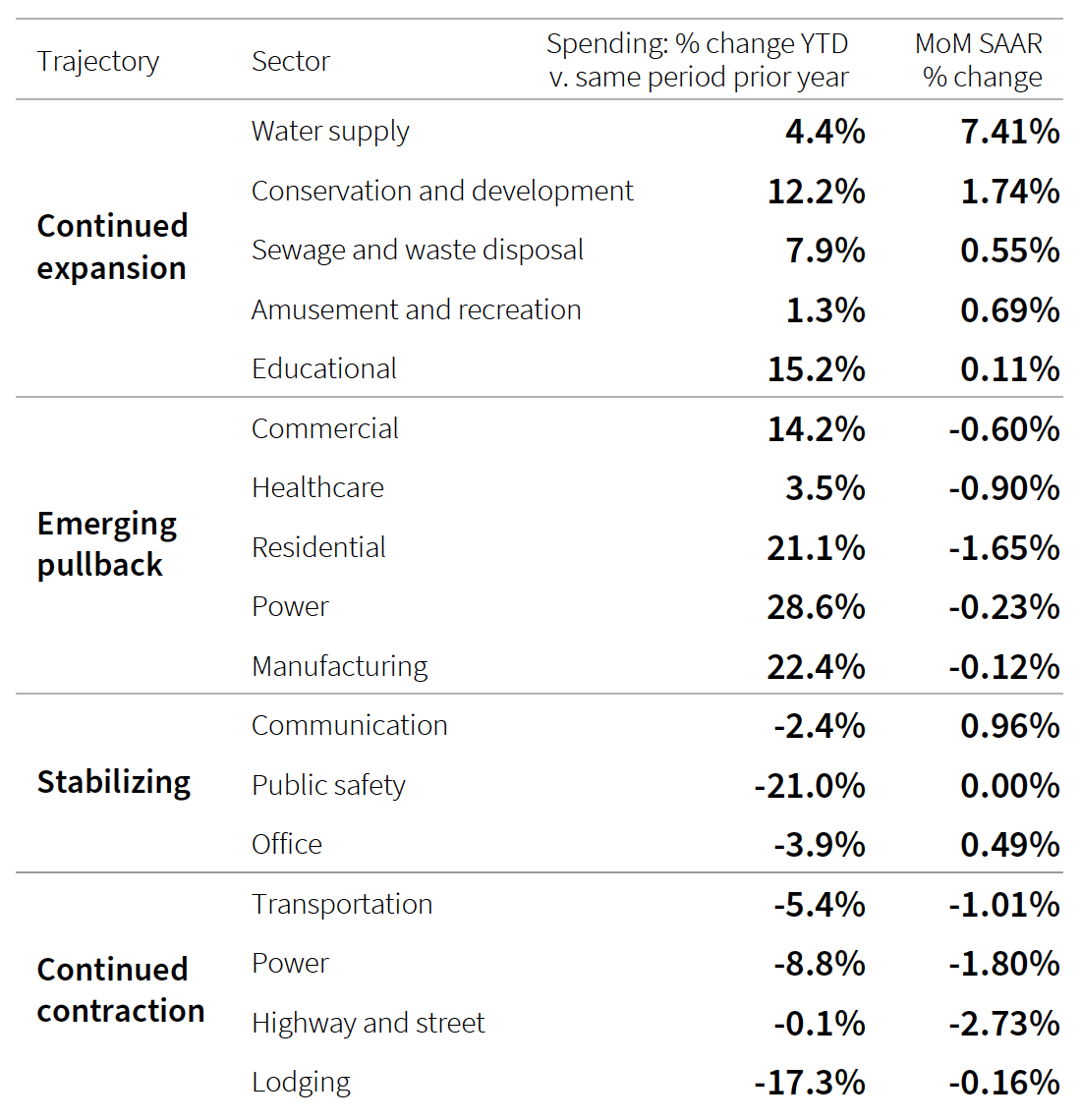
Job openings for construction labor have been consistently elevated, even as hiring expanded above prepandemic rates and separations fell to extremely low levels. In June 2022, unemployment fell to 3.7 percent, just 0.1 percent above the national average and job openings finally pulled back, dropping by 109,000 openings to 330,000. As such, the pullback is likely to continue, as firms stabilize backlogs and plan for difficult times.
Wage growth in the first half of 2022 was modest as well, significantly outpaced by inflation. Workers in the construction industry have actually experienced real wage losses of roughly 1.9 percent since the start of the pandemic. That gap widened in the first half of 2022 for construction employees.
“It is unlikely that the pullback will result in significantly lower demand side pressure in the construction labor market, as the current volume and array of work are sufficient to keep demand high for the next several years,” states JLL, especially once spending from the Infrastructure Investment and Jobs Act (IIJA) is in full swing.
The industry’s dilemma, however, is that it doesn’t have the capacity to fill every construction job that’s expected to be added in the next few years. At current forecasts of incoming IIJA funds bumping public spending by 10 percent or more annually from 2024 on, the increased need for construction employment equates to roughly 350,000 jobs from that spending alone —well above capacity identified in the historical record.
The largest impacts could be continued wage pressure and potential delays in projects. JLL predicts that the favorable situation for labor is expected to accelerate wage growth in the second half of the year, continuing to pressure margins. Though outright cancellations have remained limited, delays due to labor shortages are a nearly universal experience “with no relief in sight.”
Uneven price stability
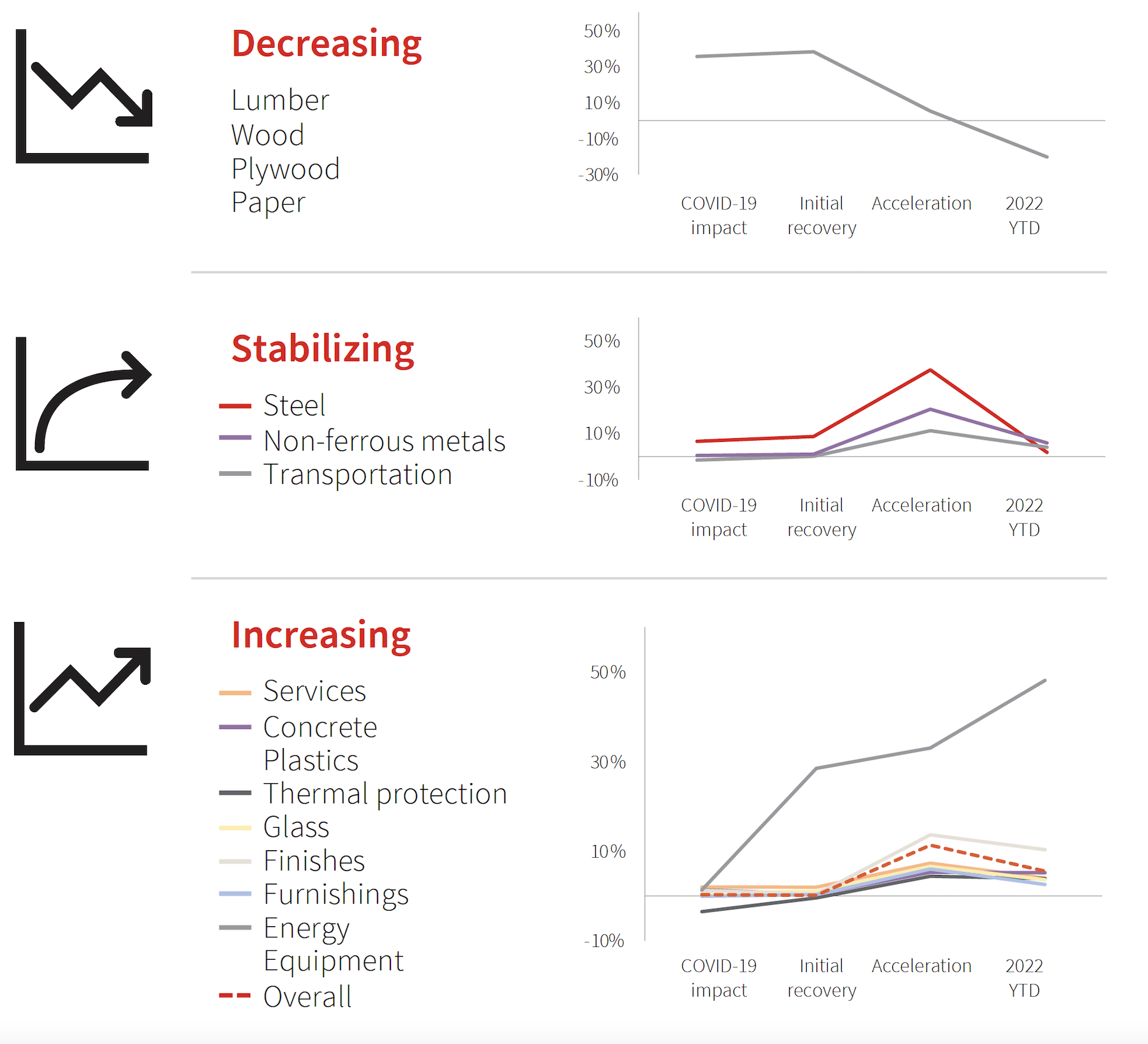
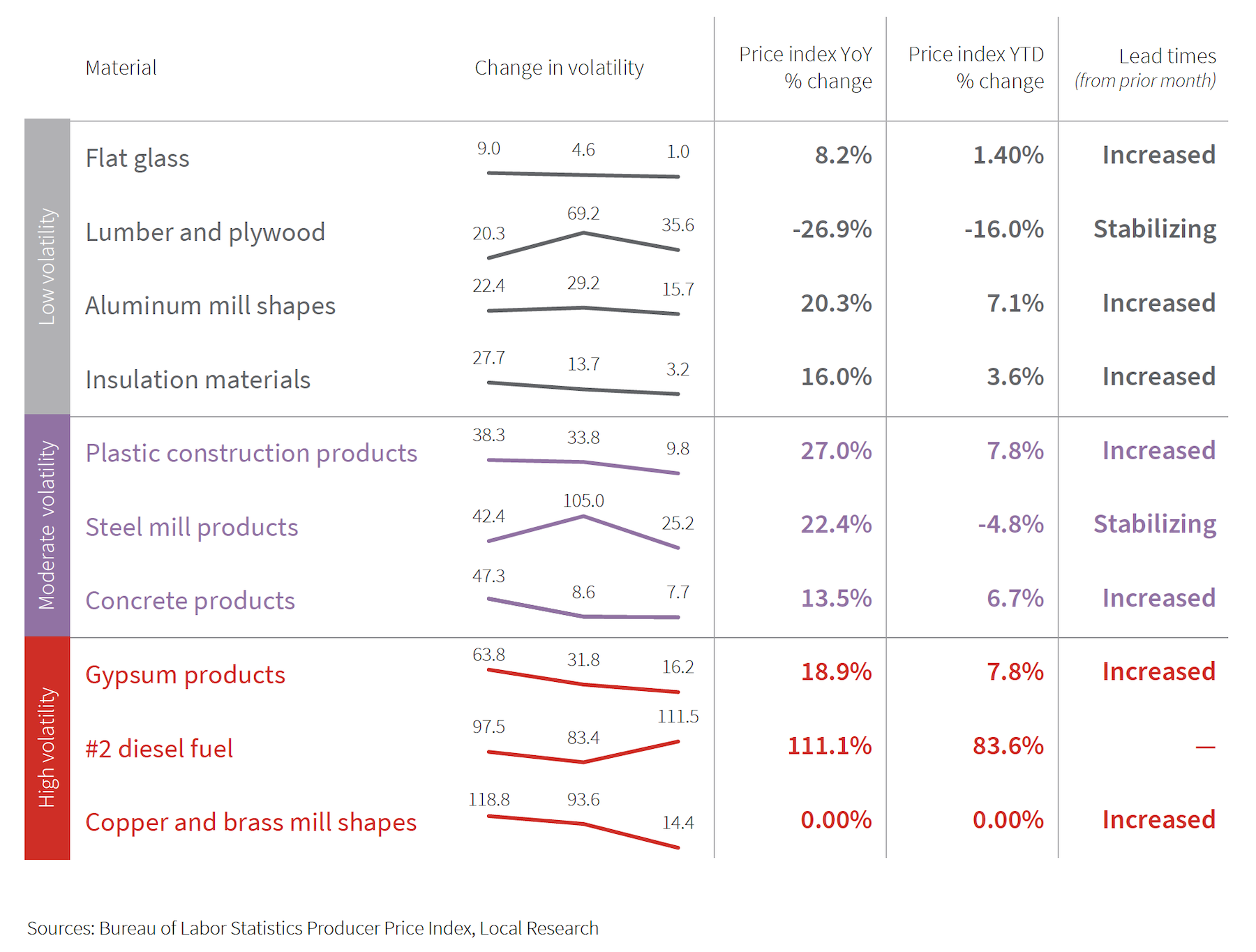
JLL’s Outlook is mixed about construction materials availability and costs. Steel and lumber, once the poster children for price inflation, have stabilized, thanks in part to domestic steel construction that’s 30 percent higher than prepandemic levels. However, “volatility has not gone down uniformly” across the spectrum of construction products.
That is particularly true of energy related materials that have been affected by Russia’s invasion of Ukraine, whose damages to its built environment are estimated at $750 billion and rising. Cement, glass manufacture, and semiconductors for equipment and machinery “are among some of the larger price increases,” with concrete and glass disproportionately reliant on few producers with extremely high energy usage for production. Plus, the 10 percent increase in domestic cement and concrete production hasn’t stabilized prices yet.
Consequently, JLL has revised its previous outlook and now projects that materials prices will be up between 12 and 18 percent this year. “Uncertainty is still widespread and, as demonstrated by the current changing patterns of costs, novel issues are likely to emerge and disrupt supply chains and pricing in the near term.”
An active industry
From January to May 2022, the seasonally adjusted annual rate of total construction spending expanded at a monthly rate of 0.63 percent, above the growth rate observed in 2021. June, though, was down a percentage point, and any increases through the first half of the year were attributable to inflation.
On the bright side, JLL expects construction activity to remain healthy, global economic concerns notwithstanding. In the U.S., the Northeast has faltered with numerous months of contraction in the first half of 2022, while the West has picked up the pace of billing and backlog increases in recent months. The South and Midwest have maintained billings growth that is beginning to decelerate but will nevertheless create an appreciable pipeline of construction activity in the regions.
Related Stories
Multifamily Housing | Oct 30, 2020
The Weekly show: Multifamily security tips, the state of construction industry research, and AGC's market update
BD+C editors speak with experts from AGC, Charles Pankow Foundation, and Silva Consultants on the October 29 episode of "The Weekly." The episode is available for viewing on demand.
Hotel Facilities | Oct 27, 2020
Hotel construction pipeline dips 7% in Q3 2020
Hospitality developers continue to closely monitor the impact the coronavirus will have on travel demand, according to Lodging Econometrics.
Market Data | Oct 22, 2020
Multifamily’s long-term outlook rebounds to pre-covid levels in Q3
Slump was a short one for multifamily market as 3rd quarter proposal activity soars.
Market Data | Oct 21, 2020
Architectural billings slowdown moderated in September
AIA’s ABI score for September was 47.0 compared to 40.0 in August.
Market Data | Oct 21, 2020
Only eight states top February peak construction employment despite gains in 32 states last month
California and Vermont post worst losses since February as Virginia and South Dakota add the most.
Market Data | Oct 20, 2020
AIA releases updated contracts for multi-family residential and prototype residential projects
New resources provide insights into mitigating and managing risk on complex residential design and construction projects.
Market Data | Oct 20, 2020
Construction officials call on Trump and Biden to establish a nationwide vaccine distribution plan to avoid confusion and delays
Officials say nationwide plan should set clear distribution priorities.
Market Data | Oct 19, 2020
5 must reads for the AEC industry today: October 19, 2020
Lower cost metros outperform pricey gateway markets and E-commerce fuels industrial's unstoppable engine.
Market Data | Oct 19, 2020
Lower-cost metros continue to outperform pricey gateway markets, Yardi Matrix reports
But year-over-year multifamily trendline remained negative at -0.3%, unchanged from July.
Market Data | Oct 16, 2020
5 must reads for the AEC industry today: October 16, 2020
Princeton's new museum and Miami's yacht-inspired luxury condos.


